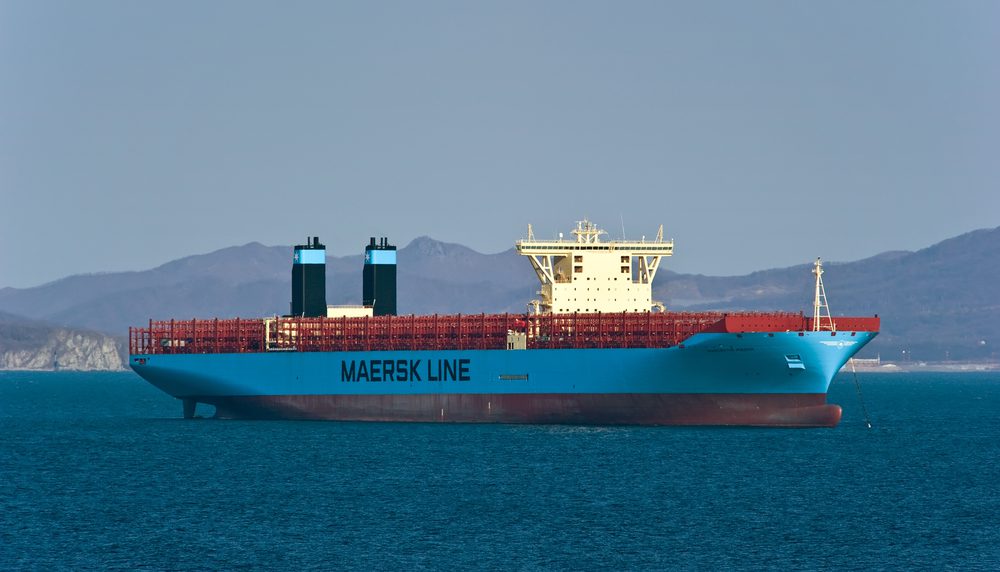By Mike Wackett, The Loadstar
The withdrawal of services during the winter slack season will, in the next few weeks, propel laid-up cellular capacity past the million-teu watershed to its highest level since the financial crisis began, said Alphaliner this week.
Its latest data shows 263 idled containerships, totalling 934,700 teu and representing 4.7% of the total global fleet. This includes 23 ships of 7,500 teu or more.
And the list includes one Maersk Line Triple- E 18,000 teu vessel, which the Danish carrier will anchor for at least six weeks as a consequence of the 2M alliance’s blanked sailings programme between Asia and Europe.
Alphaliner said that idling a Triple-E evidenced how serious the oversupply situation had become on the tradelane, not least because carriers normally endeavour to keep their largest ships and most expensive assets active.
It suggests that, given the current market conditions affecting all trade sectors, Maersk was left with no choice but to consign the Triple-E to lay-up.
It represents a change of strategy by Maersk, coming after the carrier’s parent was obliged to issue a profit warning last week due to an unexpected $600m shortfall in the container line’s full-year profit forecast, which it blamed on a “significant drop in rates”.
Maersk Line is understood to be working on further service cuts to its network to mitigate the collapse of freight rates on the Asia-Europe route, from which it derives 40% of its business, and is expected to be announced ahead of its third-quarter results due out on November 6.
During an analysts call on Friday, Maersk Group chief executive Nils Andersen promised a “more detailed” response to the dramatic downturn. He also confirmed that for surplus vessels there was no other option than to return ships to owners at the end of time charters, and for owned tonnage to enter lay-up in the interim.
Meanwhile, the crisis plaguing container liner services has hit the charter market very hard across all sizes of ships.
“Disillusion is besetting the charter market as more size segments are affected by the current slump in demand, while oversupply becomes a chronic ailment,” said Alphaliner.
The long-suffering panamax market had witnessed a “substantial increase in the supply of spot tonnage” in recent weeks, against a background of receding demand, said the consultant.
But these owners are not alone in suffering sleepless nights worrying where their next charter is coming from. In the post-panamax sector, “demand has virtually evaporated” said Alphaliner, with seven ships of 7,900-8,800 teu, as well as 35 vessels of between 5,300 and 7,500 teu, currently seeking fixtures.
Any business today is being fixed on historically low daily hire rates and on extremely favourable terms regarding positioning and options.
Interestingly, the hitherto stronger demand for fuel-efficient tonnage is also fading as sustained low fuel costs of around $200 per tonne of heavy fuel oil have reduced the cost advantage of the eco-ships.
The Loadstar is fast becoming known at the highest levels of logistics and supply chain management as one of the best sources of influential analysis and commentary.
Check them out at TheLoadstar.co.uk, or find them on Facebook and Twitter.
Unlock Exclusive Insights Today!
Join the gCaptain Club for curated content, insider opinions, and vibrant community discussions.

 Join The Club
Join The Club













